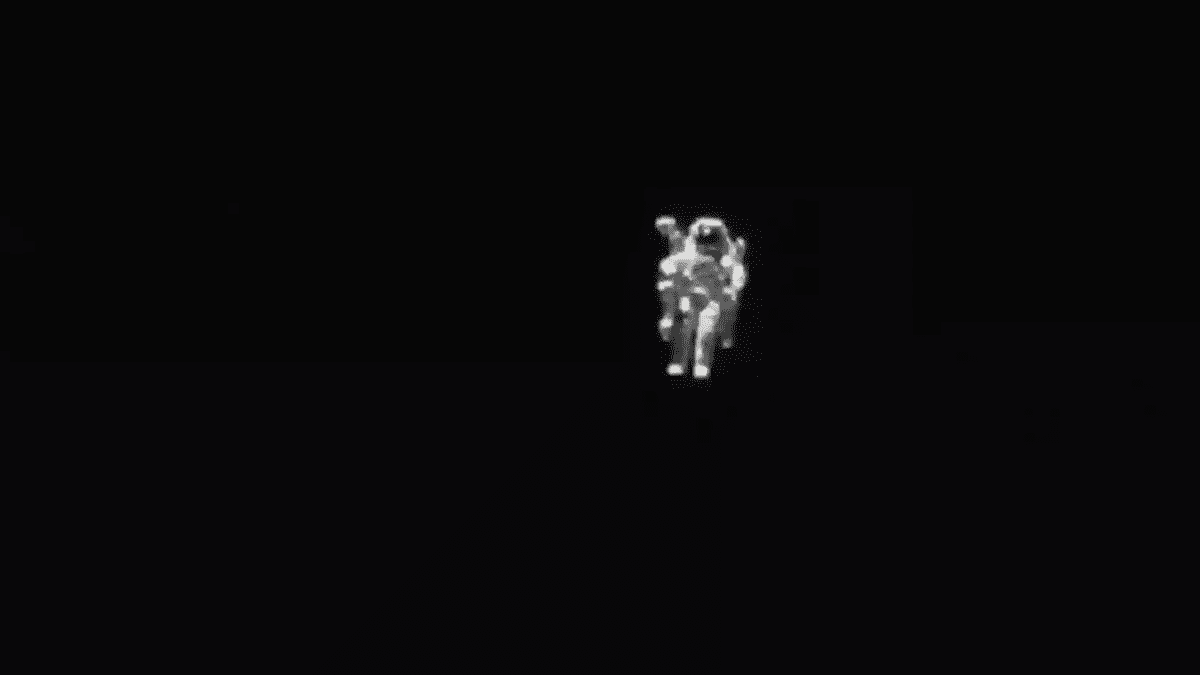
The astronaut behind one of the most haunting images in space shared insights into what made it so chilling.
The late Bruce McCandless II discussed his groundbreaking mission prior to his passing, during which he captured a particularly unsettling photograph.
For many, the prospect of space travel is intimidating, due in part to its extreme remoteness from our Earthly home, not to mention concerns about ‘space debris’ or theories of alien megastructures and curious phenomena surrounding the International Space Station.
Nevertheless, one of the most striking occurrences in space was immortalized in a photograph.
In 1984, at the age of 47, McCandless participated in a Space Shuttle mission that marked the first deployment of communication satellites.
This mission was also notable for being a significant NASA milestone, as McCandless became the subject of what was deemed the ‘most frightening space photograph’ at the time during his inaugural untethered spacewalk.
Together with fellow astronaut Bob Stewart, McCandless equipped himself with a Manned Manoeuvring Unit (MMU) before exiting the shuttle.
These MMUs facilitated their movement in the vacuum of space, allowing them to navigate untethered at a velocity of about 28,900 kilometers per hour.
Consequently, McCandless spent almost seven hours engaging in the mesmerizing activity of ‘space walking.’
The emblematic photo taken from the Challenger shuttle depicts McCandless floating above Earth, a sight that is unnerving even for those without a fear of heights.

NASA remarked that it was the ‘most terrifying space photo’ (NASA)
Over thirty years after taking the historic untethered flight, McCandless recalled to The Guardian the tensions surrounding his NASA mission.
“My wife was at mission control, and there was a fair amount of anxiety,” he shared.
He added that although it appeared daunting, it didn’t feel as scary as it seemed, stating, “I wanted to echo Neil [Armstrong] when he made his historic Moon landing, so I said, ‘It may have been a small step for Neil, but it’s a significant leap for me.’ That lightened the atmosphere a bit.”
McCandless also mentioned that despite being informed about the silent nature of space, his peace was interrupted.

The astronaut’s spacewalk lasted almost seven hours (NASA/MMU)
He humorously noted that multiple voices on his radio were peppering him with queries, resulting in anything but tranquility.
He recounted, “My spacewalk stretched to six hours and 45 minutes, and I remained close to the shuttle throughout, moving 100 yards one way and then back again.
“I was traveling at more than 18,000 miles per hour, yet I didn’t perceive the speed due to the shuttle matching my pace.
“Only when I glanced down at Earth did I realize how fast we were moving.”
During one moment in his journey, he glided over the Florida peninsula, describing it as ‘reassuring’ to see something familiar below.
“It was an extraordinary sensation, blending personal joy with professional accomplishment: reaching this point had taken many years.”
After accumulating over 312 hours in space, McCandless retired from NASA in 1990 and went on to join Lockheed Martin Space Systems.
He passed away at the age of 80 in 2017 and was laid to rest at the United States Naval Academy Cemetery in Annapolis.









